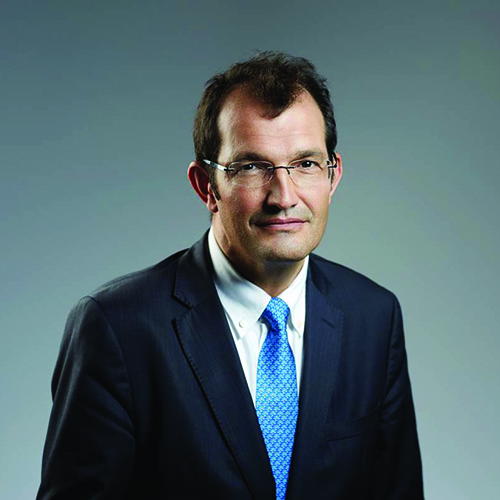

- Jean-Marc Servat
- Chair, EACT
by Jean-Marc Servat, Chairman, The European Association of Corporate Treasurers (EACT)

When we think about the professional development of treasurers, we naturally think about continuous learning and excellent training that is provided by some national treasury associations. We must be at the leading edge of our technical expertise, but we must also look ahead at trends that are reorganising the environment, affecting our companies and our treasury world. The forces that bring change may impact our profession directly but also indirectly through the non- financial world.
How can we be prepared for foreseeable changes? And how can we prepare even for the ‘unknown’ unknown?
To identify areas of development, in the broad sense, we must first clarify the scope of our profession. It may seem obvious at first sight, but what is a treasurer? It varies according to geographies, to industries, and according to cultures as well. Some organisations use the term ‘treasury’ in a narrow sense, some more widely, and we are aware that our job will depend on the industry in which our company operates.
There are different taxonomies, but most would probably agree to identify three main areas of activity and expertise:
- Balance sheet management: financing and investing
- Financial risk management: FX, IR, credit, equity and so on
- Transactions and infrastructure: payments, cash pooling, systems, trade finance
Those three areas of expertise usually employ people of different profiles, but treasury relies strongly on these three pillars. Other activities may be part of treasury, depending on the organisational structure, such as: investor relations, insurance, commodities, commercial credit, accounting, compliance, control, reporting, tax… In addition, activities may often fall in several areas. Trade finance is part financing strategy, part process, with a legal aspect. Share buy-backs will be partly balance sheet management, partly risk management. Factoring will involve balance sheet management and receivables infrastructure.
This is not new, but we should be aware of the changes coming towards each area of expertise: some will bring opportunities, but others will be threats. The treasurer must be ready.
In risk management, the global financial crisis naturally led to a much lower risk appetite and initiated a trend to regulate financial markets. Although well intentioned, it made hedging more complex as treasurers are often put in the same basket as banks. We must ensure that our risk management capabilities are maintained and compliant.
Payments, infrastructure and processes are already impacted by technology and will be even more in the future. Fintech firms are bringing potentially disrupting technology to finance. Cyber security becomes even more critical than before. Treasury departments must ensure they have expertise in this area.
In balance sheet management, the regulatory trend and reorganisation of financial institutions mean that treasurers are not necessarily facing the same banking partners, and we meet new entrants with new business models (e.g., crowdfunding) and disintermediation.
Besides technical ‘hard’ skills, treasurers must also be well equipped with softer skills: communication, negotiation, strategic vision, project management, agility, people management... all this together with strong ethics. These soft skills have always existed, and they are core to successful people management. Millennials are in the workforce. Recent generations may have different motivations and ways of working from previous ones. Remote work, flexibility should be considered. This trend is strengthened by technology. So we must develop and organise our teams accordingly.
We will meet change. We might not know its exact nature, but it’s probably safe to think we’ll need to adapt. Let’s try and be prepared. As one of the pioneers of hi-tech wrote: “We always overestimate the change that will occur in the next two years and underestimate the change that will occur in the next ten. Don’t let yourself be lulled into inaction.”









